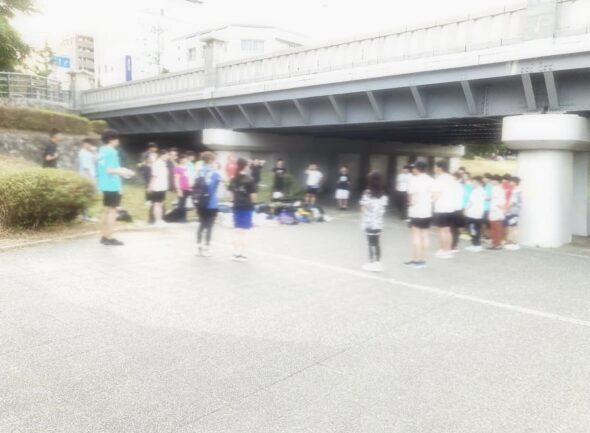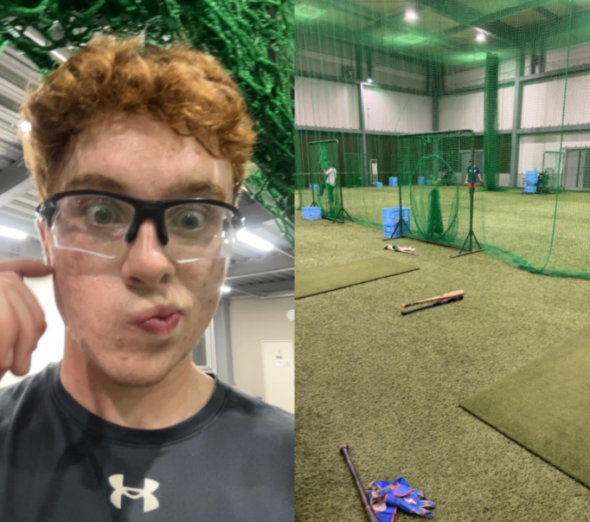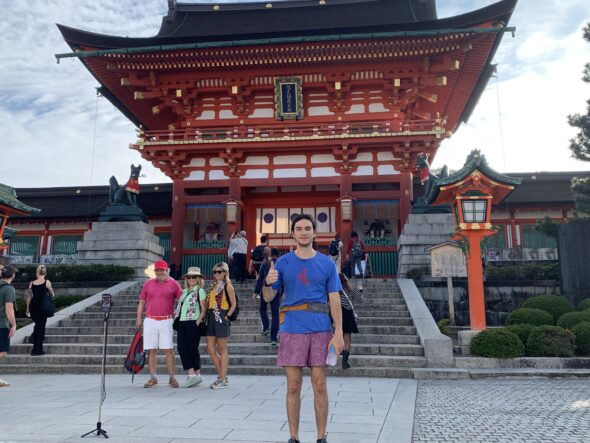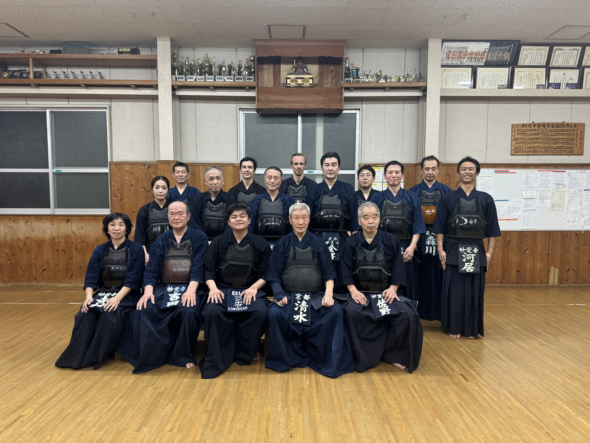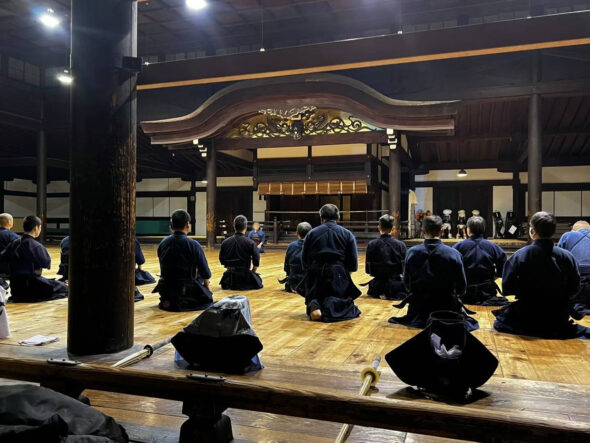
This semester, I went to different dojos to practice kendo, the sword martial arts in a number of dojos. I did not go to Doshisha Kendo Club to practice this semester yet due to schedule conflicts very sadly.
Different types of Dojos have very different vibes. 京都剣清会does not place much focus on waza training, and does fundamental basics (1h), kata (the form) (30min), and Jikeiko (1h) usually. The dojo there is very pretty (on Saturdays, I have not been to the Tuesday dojo). They will also have 飲み会 sometimes. 妙覚寺道場 is a dojo in the temple. They have practice for 1h/time, but 3times a week, spreading basics and jikeiko fairly evenly (I have not been to so many times, and you may refer to Emile’s post!). Both social dojos have strong senseis. And 妙覚寺道場 is closer to Doshisha University. 武徳殿 is open to the public, and anyone can go to the night practice there (no need invitation as said on the website). I also did not go as much, but the focus on the basics will be much less, and it is primarily focusing on 地稽古. There would be a lot of high-ranking senseis from many different dojos. 同志社剣道部’s practice is less of instruction but has more freedom to practice the skills you wish. Normally, we do the warm-up, 素振り, 切り返し, and some fixed pattern training together, and we are left off to do 自由稽古, (and 地稽古 shortly in the end). It requires more dependence on oneself, and the training is definitely much more demanding.
I would say that the Spring semester is relatively hard for being able to practice in 同志社剣道部 Doshisha Kendo Club (solely) and the fall will be much more doable. Practice after the winter break for Doshisha starts in mid-February, while our spring semester begins in the head of January. In addition, most of the practices during the Japanese students’ spring break are in the morning on weekdays, which KCJS has Japanese classes every day in the morning. And some practices on the weekends will be canceled if there is a tournament, adding on that the 春合宿 that we would not be able to attend as we probably have class at that time (it was right after the spring break for this semester unfortunately, but if it happens right in that week, you are lucky!) . The practice in the Spring semester is in the evening, but their semester starts around April, where the program is about to get to the end. I think it might be fine if you talk to Doshisha Kendo Club only to practice on weekends, but I would also recommend adding some other practices outside Doshisha Kendo and talk to both sides!
P.S. These commentaries on dojos and the scheduling for Doshisha Kendo Club is fully based on my personal first-hand experience practicing in those dojos based on my personal situations. These feelings may be different for different people. Please only take it as ONE source of reference and ask more people about these dojos or ask for a trial training and go there yourself!
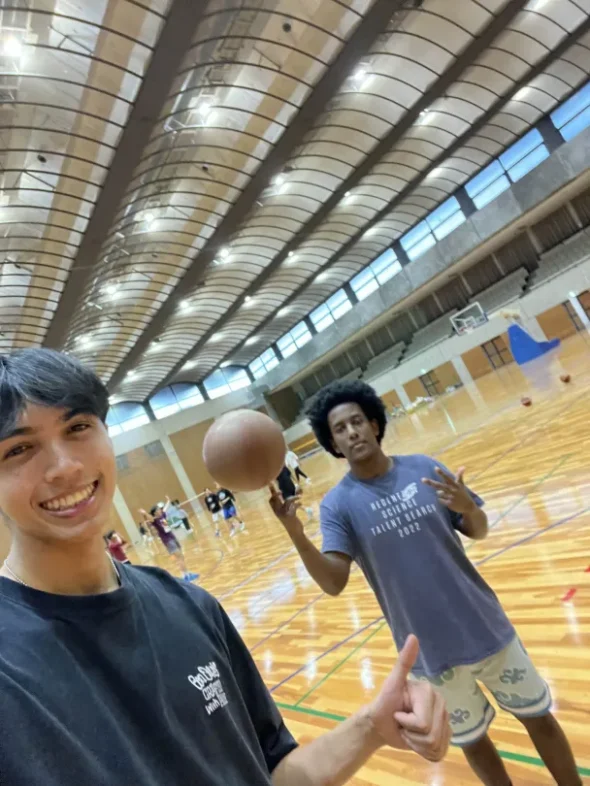 For my CIP, I joined Intensity, one of Doshisha’s basketball circles, where I participated in weekly practices throughout the semester. This circle holds practices on MTF from 3pm-6pm, and there are usually around 10-15 members who always show up.
For my CIP, I joined Intensity, one of Doshisha’s basketball circles, where I participated in weekly practices throughout the semester. This circle holds practices on MTF from 3pm-6pm, and there are usually around 10-15 members who always show up.
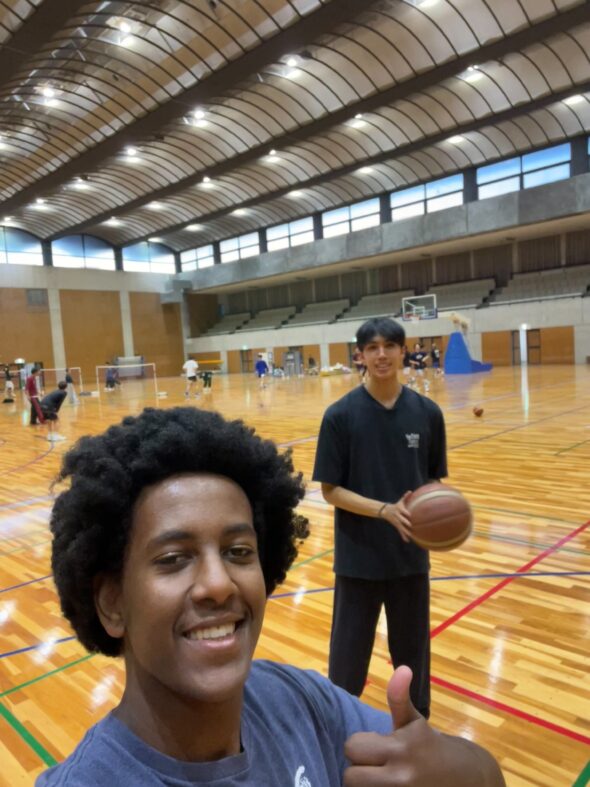 This semester, I had the opportunity to play basketball at the Kyotanabe campus with Doshisha’s basketball circle intensity. This club had practice about 3 times a week, during which the entire duration is provided for playing full court or shooting around.
This semester, I had the opportunity to play basketball at the Kyotanabe campus with Doshisha’s basketball circle intensity. This club had practice about 3 times a week, during which the entire duration is provided for playing full court or shooting around.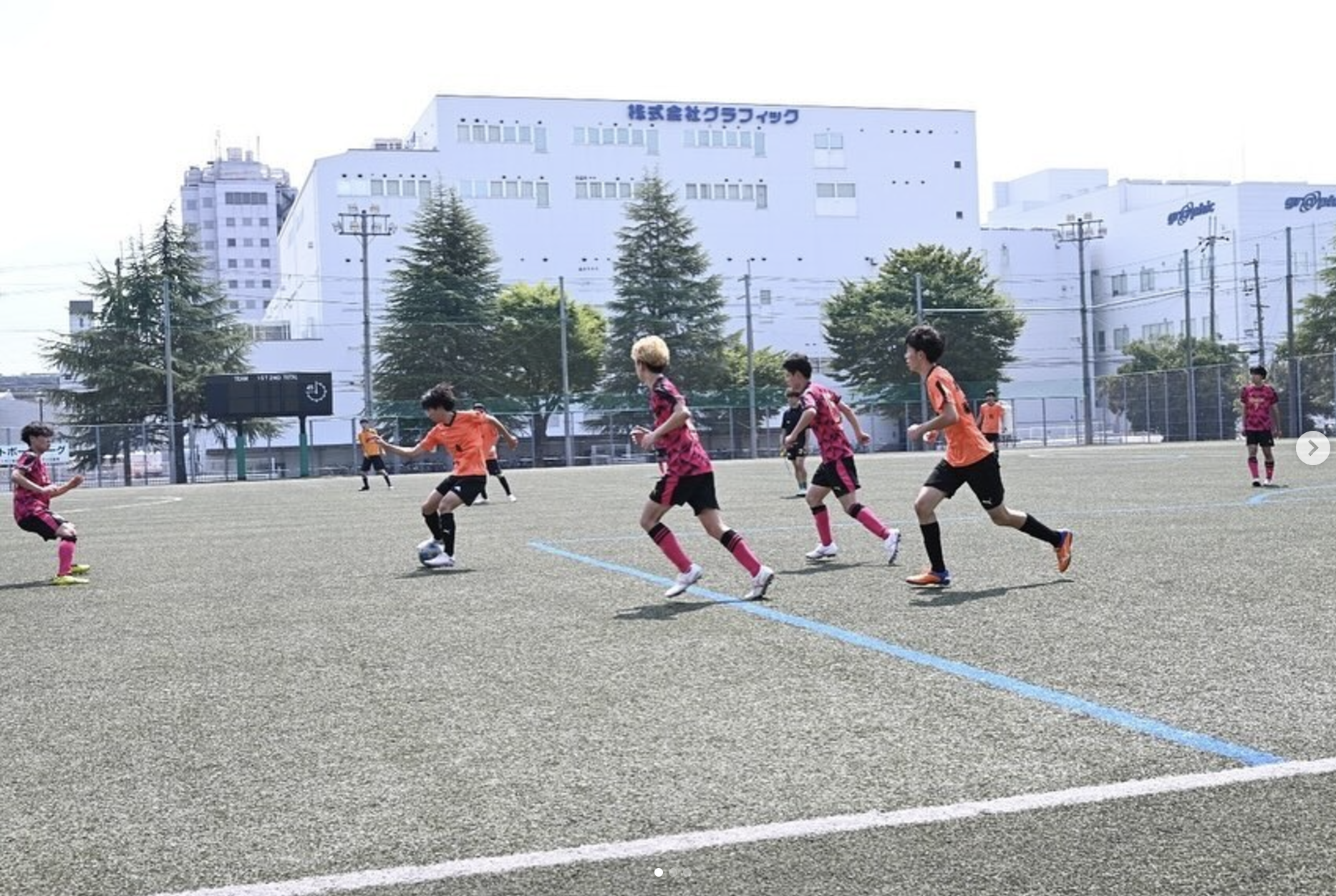
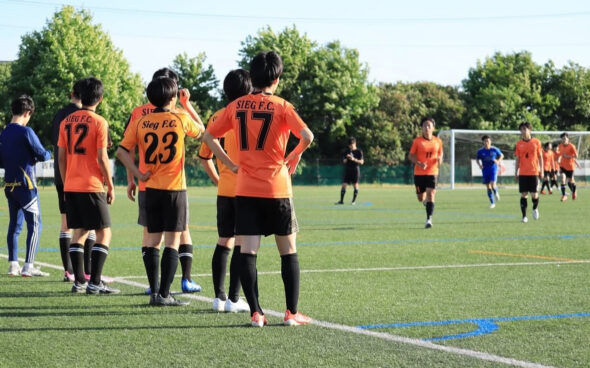 I
I